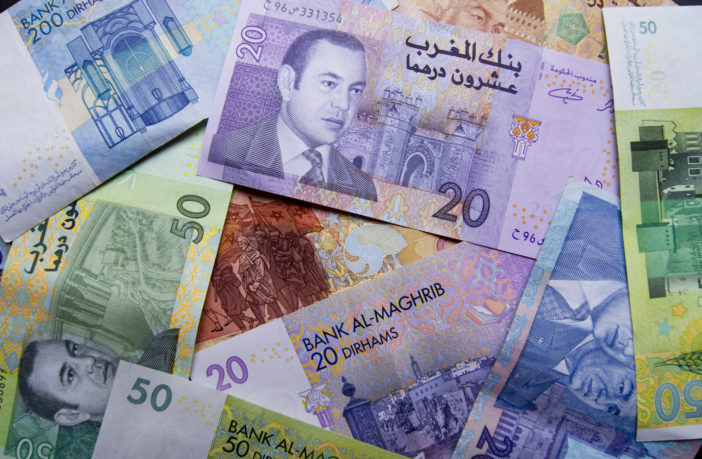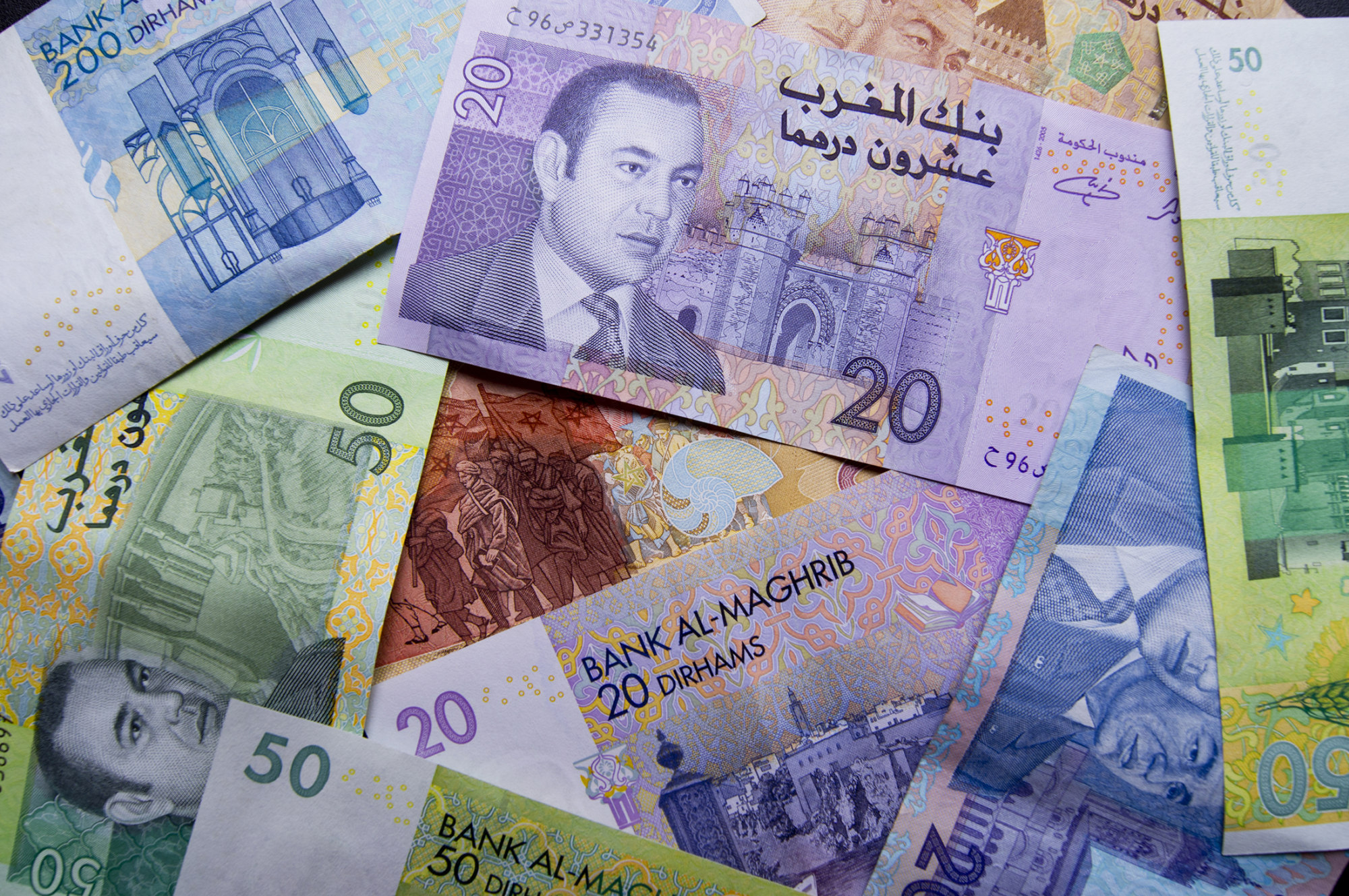Reuters
Ulf Laessing
Morocco has managed to keep its currency stable since introducing a more flexible foreign exchange system, but broader reforms are necessary to boost investment before taking the next step in liberalisation, bankers say.
In January, the kingdom widened the band in which the dirham trades against hard currencies to 2.5 percent either side of a reference price from the previous 0.3 percent. It wanted to make its exports more competitive and protect its foreign exchange reserves.
Managed against a basket in which the euro has a weight of 60 percent and the dollar 40 percent, the dirham was stable even though the new system gave investors more room to speculate. That raised expectations the band would be widened again soon.
But bankers, the head of the country’s planning agency and analysts said first the North African country needs to start broader reforms to make its economy more competitive.
They said foreign investors and local industry alike need a better state education system to produce a qualified workforce. Looser rules on importing technology and raw materials are needed as well, they said.
“The reform of the dirham exchange system should have come as a culmination of other reforms,” said Ahmed Lahlimi, head of Morocco’s planning agency. “We need to reform the educational system first, fight corruption and improve the management of the economy.”
One in three university and higher education graduates every year fail to get a job partly because they lack adequate training.
Authorities need to rethink how to address dissent over poverty and unemployment in some neglected regions, which are a far cry from the glitz of the financial centre of Casablanca with its elegant avenues and banking towers.
“Changing the currency exchange regime equals to a constitutional reform at the political level,” said Rachid Aourraz, an economist from the independent Moroccan Institute for Policy Analysis.
IMPORTS
After years of preparation, helped by the International Monetary Fund, Morocco launched in January what it called a “first phase” of a gradual liberalisation to make the economy more resilient. The success of the reform is key to Morocco’s ambition of becoming a financial hub in Africa.
While the dirham has been stable, the economic outlook has been hit by rising oil prices and a consumer boycott campaign against three of the biggest brands in the country, among them French dairy maker Danone .
In the first six months of the year, foreign direct investment fell 33.1 percent year-on-year, to 10.071 billion dirhams ($1.06 billion).
There has been only one stock market debut this year on the Casablanca bourse, whose capitalisation has fallen by about 5 percent to 595.7 billion dirhams since January, part of a broader emerging-market sellout.
Bankers say it was premature to talk about a second step because the dirham has benefited from favourable external factors and had not been really tested yet.
The currency benefited from lower-than-expected wheat imports, strong remittances from Moroccans abroad and tourism receipts boosting foreign exchange reserves by nine million dirhams year-on-year to 225.2 billion dirhams by August 8.
“Tourism and remittances are not reliable sources for hard currencies because they are vulnerable to external shocks,” Aourraz said. “The new generation of Moroccans living abroad, mainly in Europe, are not as attached to the country as their parents.”
Easing bureaucratic rules to import goods would be key for companies, which sometime struggle to adjust plans if market conditions change quickly, bankers said.
“It is not the (FX) reform that will bring new investors but measures relating to regulation,” one banker said. Like others, he asked for his name not to be used, aware of the sensitivity of the issue.
The central bank has ruled out a sudden full float like Egypt’s, favouring a gradual liberalisation. It refuses to say how gradual, but it has sought to downplay expectations of further steps anytime soon.
At its last regular news conference in June, Central Bank Governor Abdellatif Jouahri said the market was showing “good understanding of the reform” and there was a balance between demand and offer on the interbank foreign exchange market. ($1 = 9.5447 Moroccan dirham) (Editing by Larry King)








